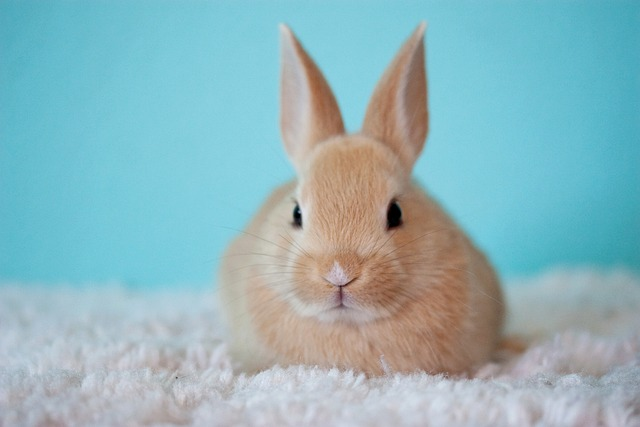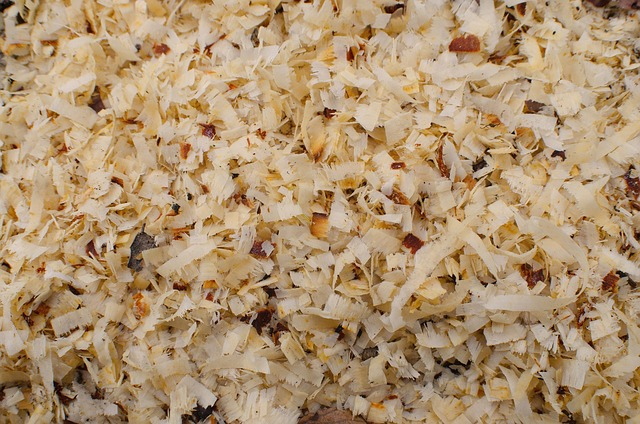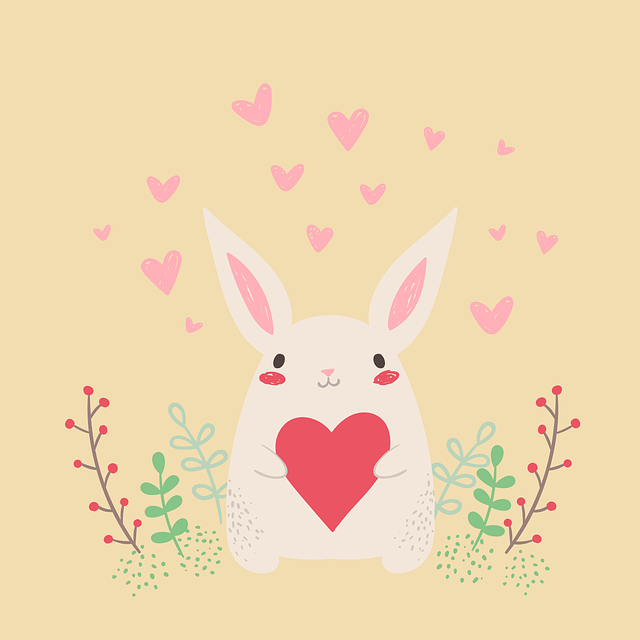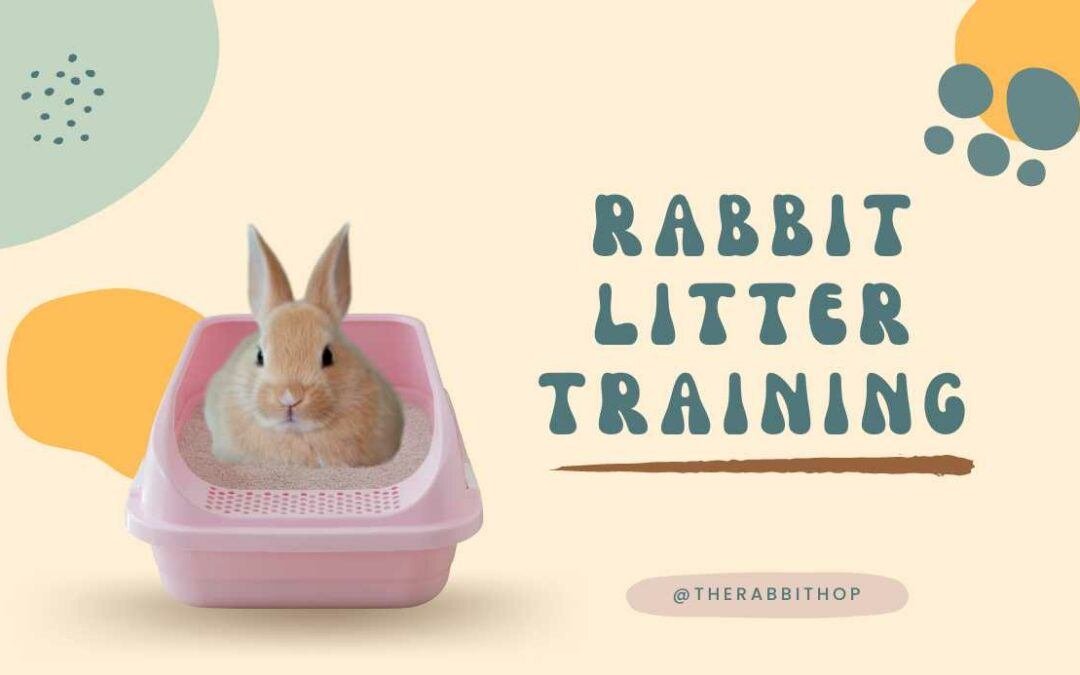Having a litter-trained rabbit makes life a little easier for pet owners and cleaner for the rabbit, too. And the fact is, rabbits are clean animals. They usually take quickly to using the litter box. Do you know how to litter train your rabbit? Just follow this guide, and your pet rabbit should be litter trained soon.

Start litter training early, when possible
Tips To Litter Train Your House Rabbit
-
use a small area
-
the right size and type of box
-
rabbit safe litter
-
locate the litter box in a convenient location
-
show the rabbit the litter tray or box
-
encourage your rabbit
-
the reward for good litter box habits
-
keep it clean
-
patience helps in litter-training rabbits
-
More than one litter box?
-
Troubleshooting
Start with your pet rabbit in a small space
Rabbits are clean animals. They prefer not to litter where they live. They seek out a corner of the cage or room, when possible.
This is why it’s important to give your pet rabbit a small area with a litter box. It’s also important to use the right type and size of box for them. You want your rabbit to be able to get in and out of the litter box easily.
Look around your rabbit’s cage. Usually, you find that he uses one corner more than the others. That proves to be a good starting point for litter box training.

Choose a litter box that’s the right size for your rabbit
If you choose a box that’s too small, he probably won’t use it. He might try and end up with the results on the outside of the box anyway.
But too large won’t work, either. If it’s roomy, it might become a resting area. He might even choose a different location for his bathroom.
Ideally, the box should be just big enough for your rabbit to stand up and turn 180 degrees inside. This size will promote proper use of the litter box and make cleaning it easier.
Choose a litter that’s safe for rabbits
Pet stores carry a variety of litter for small animals. Keep in mind that what works for a cat is not always the best choice for pet rabbits. Also, look for litter that your rabbit might prefer the smell and texture of.
Shredded paper-based litter might be a good option to try first. It’s often the most economical choice and rabbits love shredding the bits even further. Because they may eat some of the bedding, paper litter should be free of any harmful dyes or sprays.
Compressed wood pellets and wood shavings are two other popular choices for rabbit litter. However, avoid treated wood shavings and those from cedar wood. Both of these can be toxic to rabbits.
The best choice is the most natural. Avoid any chemicals or treatments. Some rabbits do well with cob bedding, though we have found ours don’t like it as much.
When all else fails, using plain hay sometimes makes the best litter. Sure, your rabbit might eat some of it. But even if the rabbit eats a lot, you know it is safe.

wood shavings
Place the litter box in a convenient location
This means finding the ideal spot for your rabbit litter box that he will use reliably. But it also means one you can easily access to clean it. If the rabbit’s litter box is difficult to take out and clean, you might not clean it often enough.
Show your rabbit where the litter box is
Yes, we mean literally showing him the litter box. But also show him why it’s there.
We usually take a few of his droppings and place in the box. If you have a spot of his urine from the cage, that’s helpful, too. Simply put it into the litter box and allow him to sniff around. He’ll examine it. He might even hop in and check out the litter.
This is the beginning of rabbit litter training. You have his attention!

Encourage your rabbit to use the litter box
With litter training underway, prepare to encourage your pet rabbit. We offer verbal praise when he is inside the box. Yes, even if he doesn’t actually leave his droppings that time. He is considering the usage, and that’s a good first step as you start litter training.
Reward your rabbit for using the litter box
He jumps in the box, looks around, and finally leaves those droppings or urine. Time to reward his good behavior. A tempting treat usually helps in litter training.
Of course, you won’t be around each time he uses the litter tray. That’s ok. Just remember to reward him each time you see him use the litter box. Rabbits are smart. He will get the connection.
Looking for a different type of reward? Try clicker training! Some have found that rabbits respond quite well to the clicker, once trained to it.
Clean the litter box regularly
His litter box might seem clean after a day or two of use. But rabbits like a clean home. Litter training will be faster and more complete if you clean his litter box at least once a day.
You don’t need to completely dump and disinfect it each day (unless it needs it that day). But you should scoop out any dirty contents from the litter box each day. This begins when you start litter training but continues even when he is completely litter box trained.
At least once a week, more often if needed, thoroughly wash and disinfect his litter box. We use hot water and a little bleach. Rinse well and dry thoroughly. This is also a good time to thoroughly clean his entire cage and wash and disinfect his food and water containers, too.
When possible, our litter boxes are dried outside in the sun. Sun is a natural disinfectant and the fresh air ensures a fresh smell, too.

wash the litter pan, dishes, and cage
Be patient and consistent.
Just as children are not potty trained overnight and puppies are not housebroken overnight, so too will litter box training your rabbit takes a little time. Yes, some just naturally use the litter box. Congratulations if you have a natural litter box user!
But for those that need a little more time, patience and consistency are necessary. This is true of younger rabbits and older rabbits alike. And yes, even adult rabbits can learn to use a litter box.
When you need more than one litter box
Inside the typical rabbit cage, one litter box is enough. But when your rabbit has a room to run in or even the entire house, you might need to add additional litter boxes.
I would recommend starting with the one box in his cage. If he spends a lot of time outside of his cage for exercise, you can either keep a separate litter box for those times or take his out of the cage for use.
But when he is fully litter trained, plan to leave extra litter pans where he can access them as needed. Even though you now know how to litter train a rabbit, you don’t want to have to repeat the training over and over. Once he is trained, ensure that he retains the litter training.

With Patience and Consistency, you will see RESULTS
Troubleshooting problems
You know how to litter train a rabbit and feel quite successful as your pet rabbit now uses his box whenever needed. That is a great accomplishment!
But what do you do if he suddenly forgets his training?
First, it’s doubtful he actually forgot. But look for potential problems that have caused his habit change. Some possible things to consider:
-
Is he sick? Does he have a medical issue that needs attention? Is he eating and drinking normal amounts?
-
Does his box need cleaning? Maybe he needs a new box?
-
Has he outgrown his box? Maybe it was not large enough to begin with?
-
Is something bothering him? Perhaps a new kitten is rubbing on his cage. Or maybe the children are out of school and making more noise near him. Look for any change in his routine and environment.
-
Has your schedule changed, thus affecting the amount of time and attention he is receiving?
Some possible problems and possible causes include:
-
Peeing off the side of the litter box
This is almost always caused by a litter box that is too small. Sometimes it is a case of a distraction or concern outside the cage near the litter box.
-
Why does my rabbit still leave a couple poops in areas they explore?
If he is still a young rabbit, it’s possible the training is not yet complete. But this sometimes happens if he is disturbed while in his litter box, too.
-
What to do if your rabbit insists on using another spot?
The simplest solution that we have found is just to relocate the box. Rabbits like to be clean, but they also sometimes have strong preferences.
If it is impossible to move the box, look for a way to change the rest of the cage around. Perhaps he wants the box more secluded. A little covering near that area might help.
-
What should I do if my rabbit starts dribbling all over her cage instead of using the litter box?
An unspayed female or male who is not neutered might do this. Spaying or neutering is usually a permanent solution. If that is not the problem, consider a trip to the vet for a medical checkup. Your rabbit might have a urinary tract problem.
-
How to stop my rabbit from peeing on the bed or couch?
Some rabbits like to mark their territory. Neutering or spaying usually helps with that problem. However, some just need further training.
When your rabbit uses furniture or your floor as his litter box, pick him up and put him into his actual litter box. If he does this often, a slight “no” in a firm but quiet tone might help, too.
Don’t ever punish him physically, and don’t yell. Remember, rabbits are prey animals and such admonishments may cause other behavioral issues.
When you learn how to litter train a rabbit…
You and your rabbit enjoy each other’s companionship even more. You won’t have to keep as close a watch on your rabbit and eventually can just him to roam about your home.
A side benefit? Cleaning his enclosure is much easier! Much of the mess is contained within the litter box.
Have you tried to litter train your rabbit? Does he use his litter box? We’d like to hear your experiences with litter training a rabbit. Please leave us a comment below.



